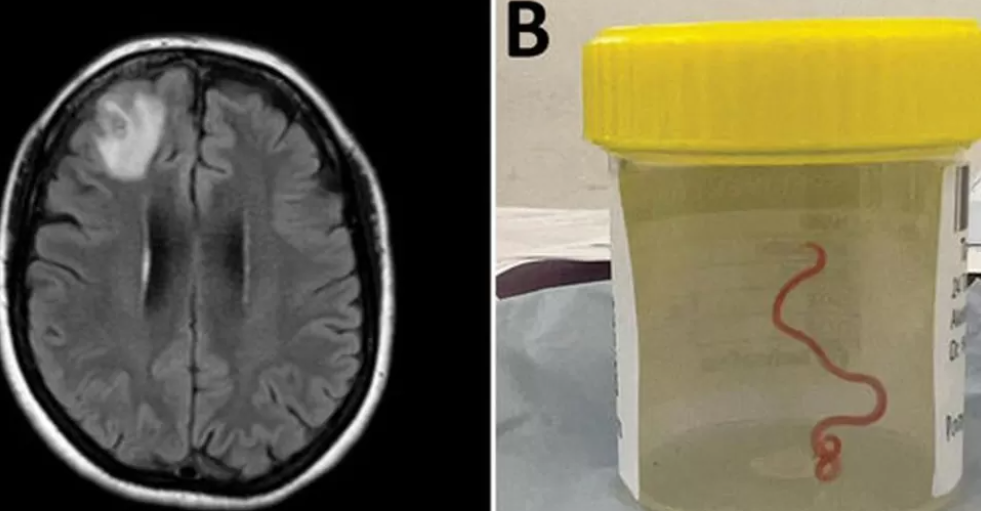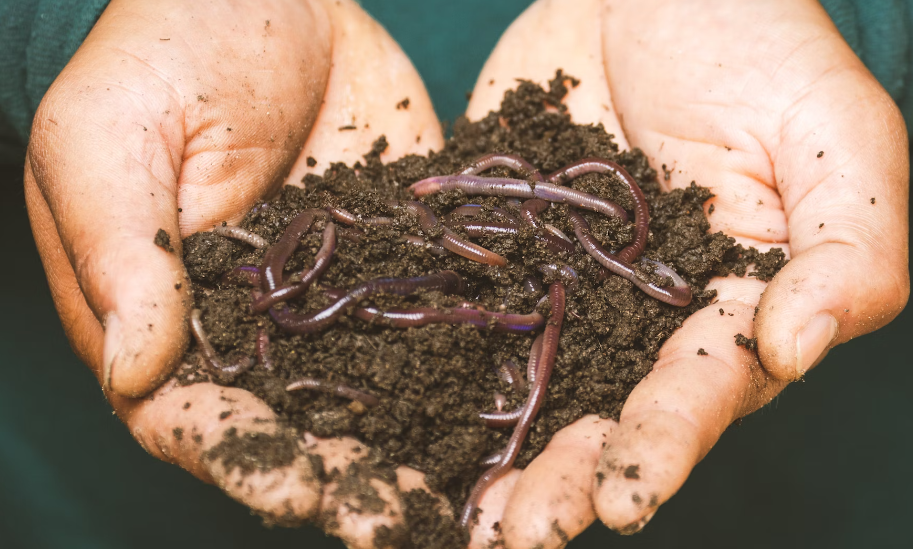Live Worm Was Found Inside This Woman’s Brain

© Australian National University
In the realm of astonishing medical revelations, a recent discovery has sent shockwaves through the scientific community. Imagine the sheer disbelief when doctors stumbled upon a live worm, yes, an actual wriggling creature, residing within a human brain.
If you have not cringed enough by just reading the introduction, we invite you to keep on reading for even more heebie-jeebies!
The Discovery
In a groundbreaking discovery, scientists have identified an 8 cm (3 inch) worm alive in the brain of a 64-year-old Australian woman. The unusual “string-like structure” was removed during surgery in Canberra after the patient experienced symptoms such as stomach pain, cough, night sweats, forgetfulness, and depression. The presence of this worm was only uncovered during a biopsy in June 2022, and it is estimated to have been in her brain for up to two months. The woman, who lived near a lake in south-eastern New South Wales, is recovering well.
This case represents the first known instance of larval invasion and development in a human brain, as reported in the Emerging Infectious Diseases journal. The neurosurgeon, Dr. Hari Priya Bandi, described her surprise at discovering the worm, moving when removed from the brain.
So, What Happened?
On an ordinary day in a Canberra hospital, infectious diseases physician Dr. Sanjaya Senanayake received a startling call from neurosurgeon Dr. Hari Priya Bandi, who had just extracted a live, wriggling 8cm-long parasitic roundworm from a patient’s brain. The 64-year-old woman had initially been admitted with abdominal pain, diarrhea, cough, fever, and night sweats. Her condition worsened over time, leading to forgetfulness and depression.

An MRI scan revealed brain abnormalities, necessitating surgery, but no one anticipated finding a live worm. A medical team came together to identify the worm and determine the necessary treatment. However, textbooks proved insufficient, prompting consultation with external experts. The worm, still alive, was sent to a CSIRO scientist experienced with parasites. They identified it as Ophidascaris robertsi, a roundworm typically found in pythons. This marked the first known case of this parasite in humans.
How Is This Possible?
The patient lived near a lake with carpet pythons but had no direct snake contact. She often collected native grasses, including warrigal greens, for cooking, possibly coming into contact with the parasite’s eggs. It’s hypothesized that a python may have shed the parasite in its feces, contaminating the grasses.
What if This Happens to You?
Treatment involved addressing potential larvae in other parts of her body, like the liver, with care to avoid harmful inflammation. The patient is recovering well and remains under observation. Researchers are exploring whether a pre-existing medical condition may have made her more susceptible to the parasite.
What Can This Teach You?
This case underscores the risk of diseases and infections transferring from animals to humans as humans and animals share habitats more closely. Zoonotic diseases account for a significant portion of emerging infectious diseases globally. This emphasizes the importance of precautions such as thorough food washing, proper cooking, and protective clothing when interacting with animals and the environment. While this particular parasite doesn’t transmit between humans, the incident highlights the potential for similar cases in other regions where snakes and the parasite are found.
Have you ever encountered a similarly astonishing medical case? Share your thoughts in the comments down below!


